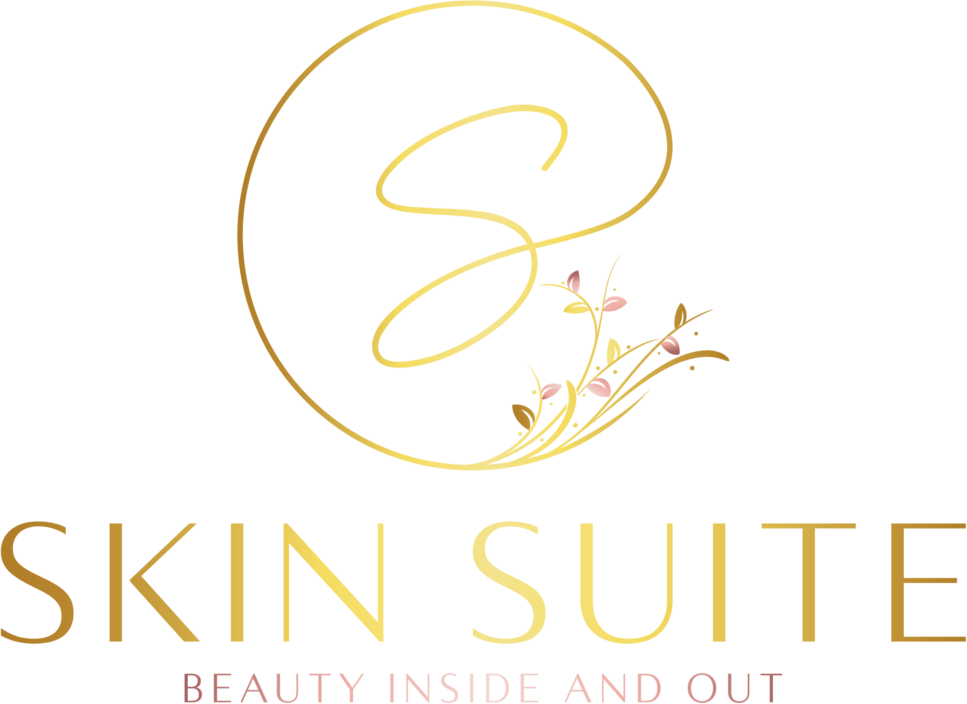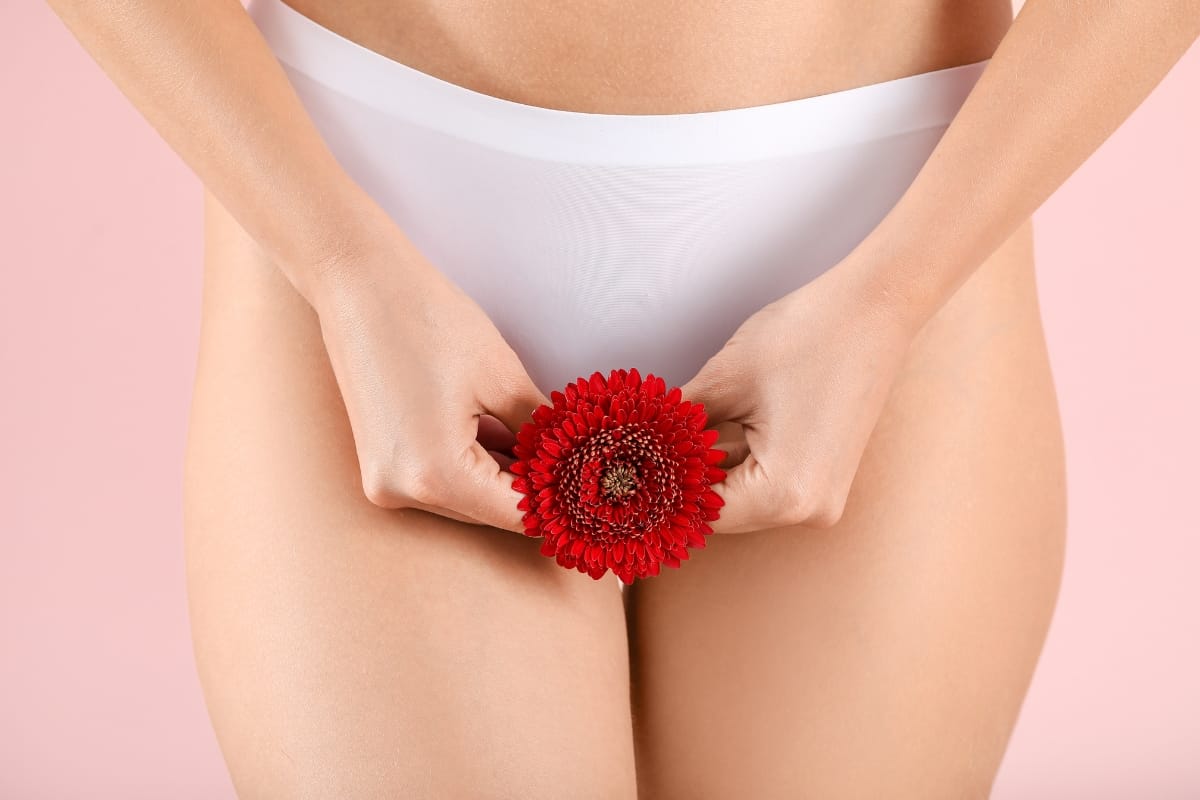Skin Suite MedSpa Blog
Explore the latest in beauty and wellness at the Skin Suite MedSpa Blog. Discover expert tips, innovative treatments, and the secrets to radiant health. Your journey to luminous skin and ultimate well-being starts here.
April 7, 2025
March 31, 2025
March 24, 2025








